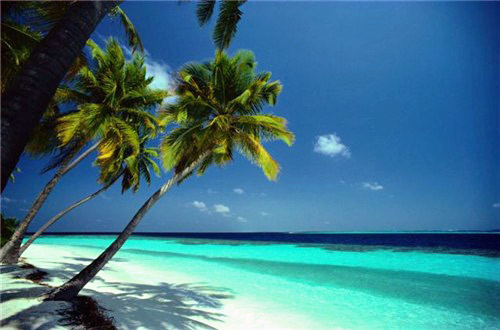Stamp: Beach view, Grand Cayman (Cayman Islands 1938)
Beach view, Grand Cayman (Cayman Islands 1938)
01 January (Cayman Islands ) within release Definitives goes into circulation Stamp Beach view, Grand Cayman face value ¼ British penny
| Stamp Beach view, Grand Cayman in catalogues | |
|---|---|
| Michel: | Mi:KY 101 |
| Stamp Number: | Sn:KY 100 |
Stamp is square format.
Also in the issue Definitives:
- Stamp - Beach view, Grand Cayman face value ¼;
- Stamp - Common Dolphinfish (Coryhaena hippurus) face value ½;
- Stamp - Cayman Islands' map face value 1;
- Stamp - Beach view, Grand Cayman face value 1½;
- Stamp - Hawksbill Turtle (Eretmochelys imbricata) face value 2;
- Stamp - Cayman schooner face value 2½;
- Stamp - Cayman Islands' map face value 3;
- Stamp - Hawksbill Turtle (Eretmochelys imbricata) face value 6;
- Stamp - Common Dolphinfish (Coryhaena hippurus) face value 1;
- Stamp - Beach view, Grand Cayman face value 2;
- Stamp - Catboat face value 5;
- Stamp - Hawksbill Turtle (Eretmochelys imbricata) face value 10;
|
Data entry completed
43%
|
|
|---|---|
| Stamp Beach view, Grand Cayman in digits | |
| Country: | Cayman Islands |
| Date: | 1938-01-01 |
| Format: | Stamp |
| Face Value: | ¼ British penny |
Stamp Beach view, Grand Cayman it reflects the thematic directions:
A landscape is the visible features of an area of land, its landforms and how they integrate with natural or man-made features. A landscape includes the physical elements of geophysically defined landforms such as (ice-capped) mountains, hills, water bodies such as rivers, lakes, ponds and the sea, living elements of land cover including indigenous vegetation, human elements including different forms of land use, buildings and structures, and transitory elements such as lighting and weather conditions. Combining both their physical origins and the cultural overlay of human presence, often created over millennia, landscapes reflect a living synthesis of people and place that is vital to local and national identity. The character of a landscape helps define the self-image of the people who inhabit it and a sense of place that differentiates one region from other regions. It is the dynamic backdrop to people’s lives. Landscape can be as varied as farmland, a landscape park, or wilderness. The earth has a vast range of landscapes, including the icy landscapes of polar regions, mountainous landscapes, vast arid desert landscapes, islands and coastal landscapes, densely forested or wooded landscapes including past boreal forests and tropical rainforests, and agricultural landscapes of temperate and tropical regions.
King is the title given to a male monarch in a variety of contexts. The female equivalent is queen regnant (while the title of queen on its own usually refers to the consort of a king). In the context of prehistory, antiquity and contemporary indigenous peoples, the title may refer to tribal kingship. Germanic kingship is cognate with Indo-European traditions of tribal rulership (c.f. Indic rājan, Gothic reiks, and Old Irish rí, etc.) In the context of classical antiquity, king may translate Latin rex or either Greek archon or basileus. In classical European feudalism, the title of king as the ruler of a kingdom is understood as the highest rank in the feudal order, potentially subject, at least nominally, only to an emperor (harking back to the client kings of the Roman Empire). In a modern context, the title may refer to the ruler of one of a number of modern monarchies (either absolute or constitutional). The title of king is used alongside other titles for monarchs, in the West prince, emperor, archduke, duke or grand duke, in the Middle East sultan or emir; etc. Kings, like other royalty, tend to wear purple because purple was an expensive color to wear in the past.
A beach is a landform alongside a body of water which consists of loose particles. The particles composing a beach are typically made from rock, such as sand, gravel, shingle, pebbles, etc., or biological sources, such as mollusc shells or coralline algae. Sediments settle in different densities and structures, depending on the local wave action and weather, creating different textures, colors and gradients or layers of material.



